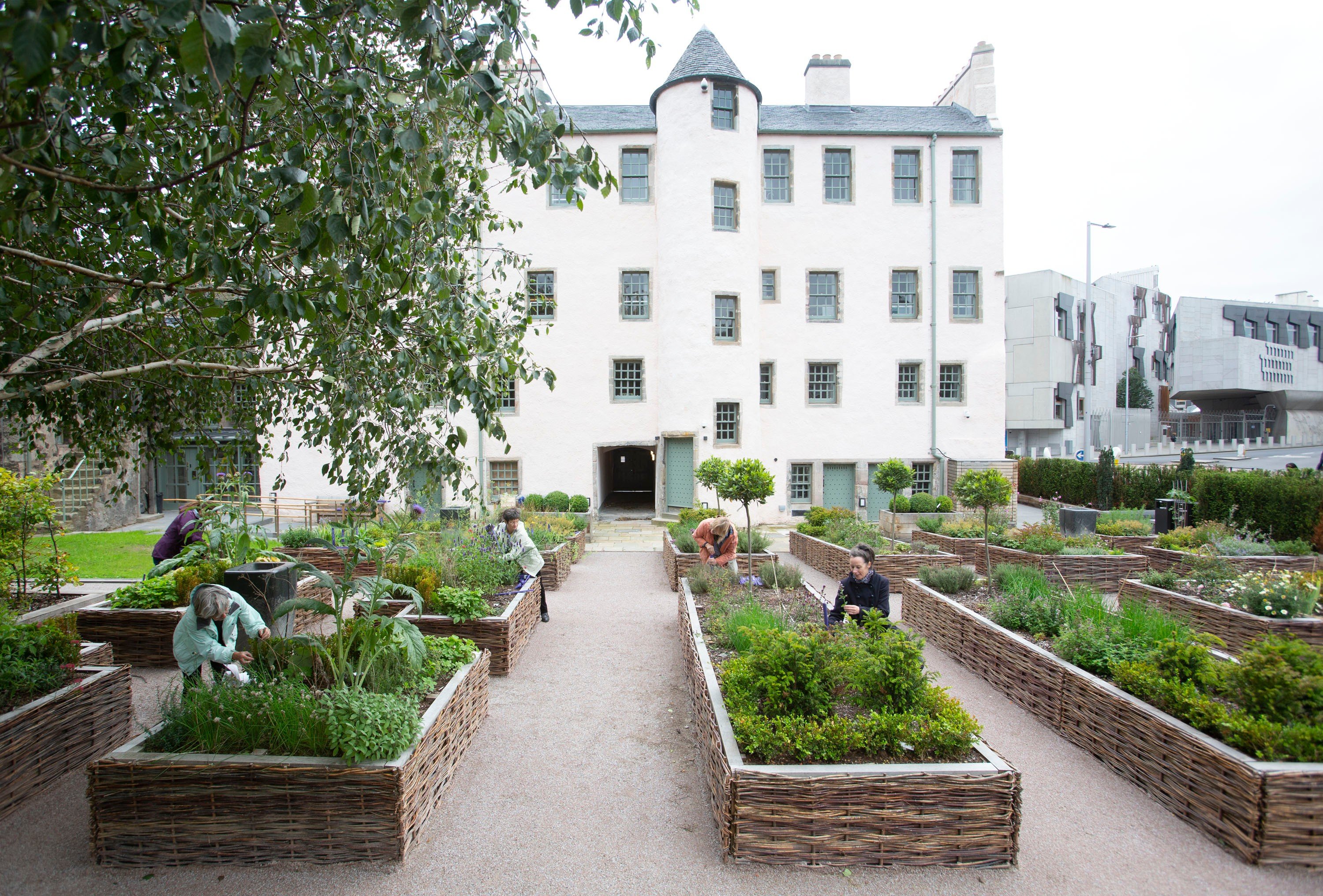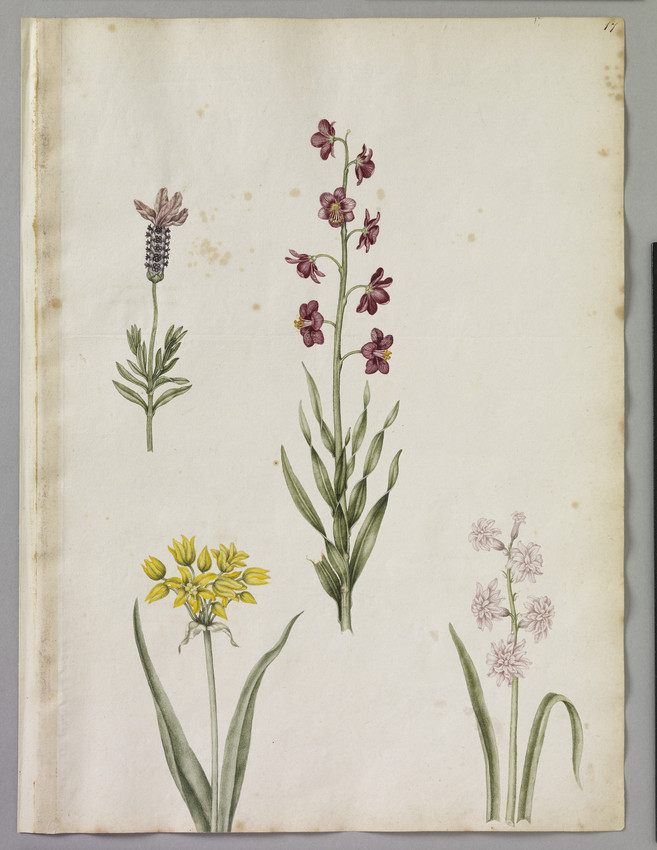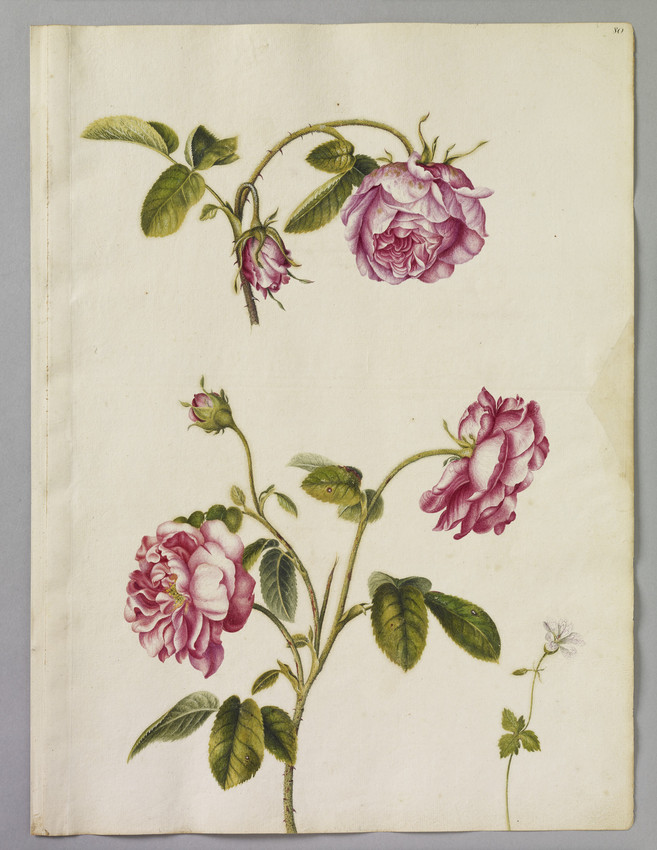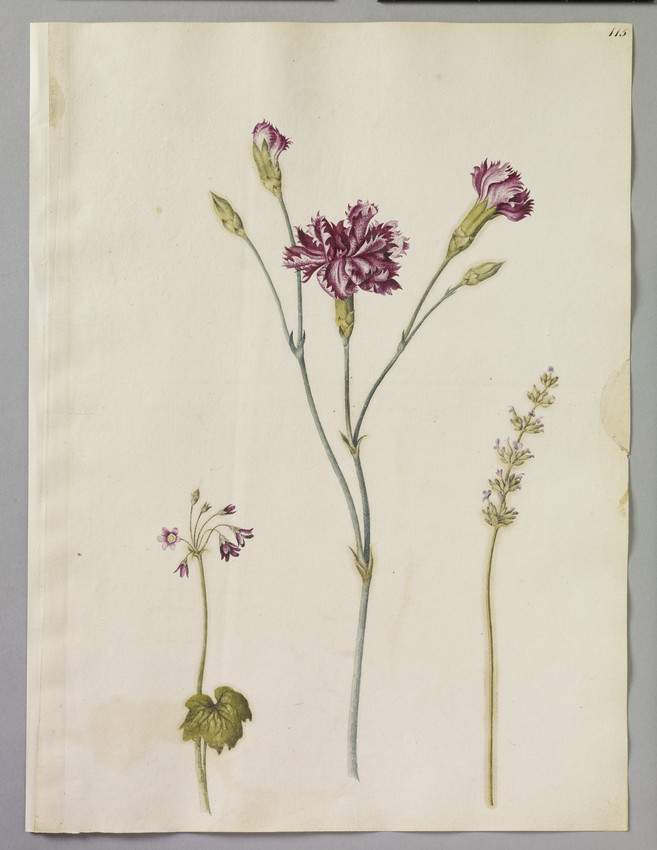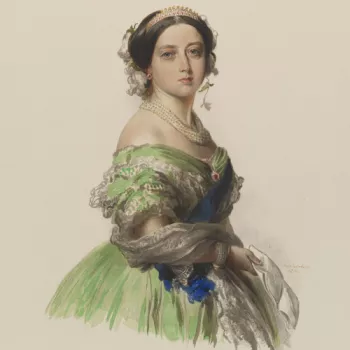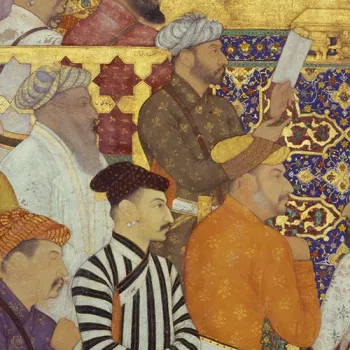Herbs for Wellbeing: a potted history
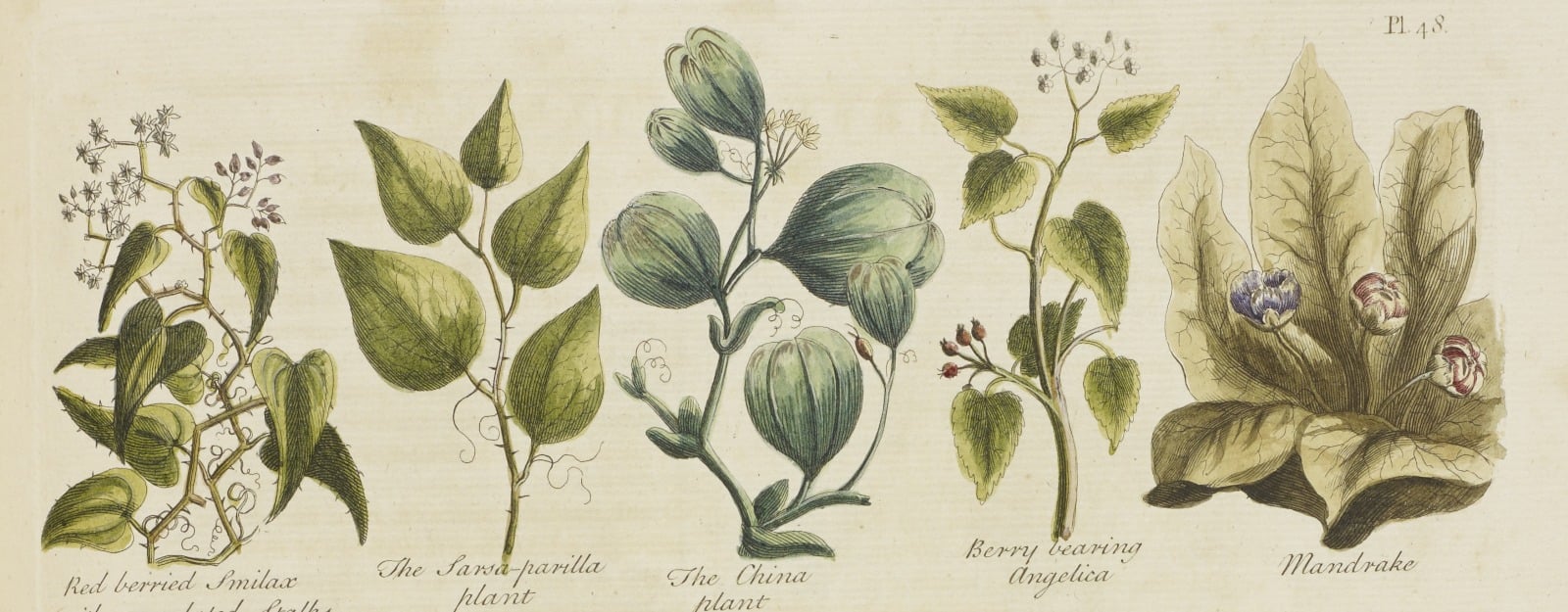
This year, a new Physic Garden came to life at the Palace of Holyroodhouse, Edinburgh – but did you know that the roots of this garden were planted 350 years ago?
In 1670 two Scottish physicians, Robert Sibbald and Andrew Balfour, founded a garden close to the Palace. It was intended as a space in which Edinburgh medical students could learn about the properties of plants which could be used in medicine – or ‘physic’. In addition, the garden acted as a living store-cupboard for the pharmacists and physicians of the city. This garden soon outgrew the space at the Palace, and it moved across the city, eventually becoming what is now the Royal Botanic Garden, Edinburgh. The new Physic Garden takes inspiration from the original, as well as earlier gardens at the Palace.
Read on to explore some of the historical medicinal uses of herbs, together with traditional beliefs concerning the health and wellbeing properties of plants.
Rose (Rosa spp)
Roses would have been in cultivated monastic and medicinal gardens for their scent, as well as for medicinal purposes. Rose petals were historically prescribed for their cooling properties; they were recommended to uplift the heart and spirits. Rosewater (made from distilling the petals) has been used for centuries to cleanse and tone the skin. The rose has long been regarded as a symbol of love and purity and, of course, of majesty, but not all of its medicinal uses are entirely in keeping with this distinguished reputation– roses were also used in the treatment of diarrhea, bladder infections, acne and boils.
Avoid roses if lactating, pregnant or allergic to roses. When making rose recipes, use your own organic roses, or food/cosmetic-grade petals, as most florists’ roses will be heavily sprayed with pesticides.
Oregano (Origanum vulgare)
Most kitchen cupboards today contain a trusty jar of dried oregano for flavouring, but historically the herb was valued for its medicinal qualities. In his Theatricum Botanicum (1640) John Parkinson, herbalist to Charles I, described the herb as ‘effectuall to heat, warme, comfort and strengthen both inwardly and outwardly’.
Avoid excessive consumption of oregano if pregnant as it can stimulate uterine contractions.
Strawberry (Fragaria vesca)
Of the humble native strawberry Dr William Butler, physician to James VI and I, wrote ‘Doubtless God could have made a better berry, but doubtless God never did’. It is possible that Dr Butler praised only the taste of the berry, but it is probable that, as a physician, he also admired its medicinal properties.
Wild strawberries were used for a myriad of therapeutic purposes in the past, including as a treatment for depression. The cooling fruits were sometimes rubbed onto skin to calm the heat of sunburn, stings or insect bites. The red pigment was used also as a rouge to redden cheeks and as a teeth whitener.
Lavender (Lavendula angustifolia)
Instantly recognisable for its beautiful scent, lavender is also well known for its relaxing properties. It is believed that placing a small sprig of lavender under the pillow will ensure a good night’s sleep.
Avoid excessive use if you are taking sedatives; are lactating or pregnant; or have gallstones.
Fennel (Foeniculum vulgare)
Fragrant fennel has been traditionally linked to health and happiness in both mind and body. As far back as the twelfth century, Hildegard of Bingen claimed that fennel could ‘force a person back into the right balance of joyfulness’. In the Middle Ages cooks coated fennel seeds in multiple layers of sugar, to be chewed after a meal as a way to freshen the breath and prevent indigestion.
Sap can cause contact dermatitis or photosensitivity. Avoid excessive consumption of seeds.





